Retail Real Estate Shows Broad Resilience: CBRE
A slowing development pipeline is helping to stabilize availability, while bolstering rent growth.
The nation’s retail real estate sector might not be thriving, but right now it’s showing broad strength, with falling availability and steady absorption, helped by a development pipeline described as “muted,” according to newly released first-quarter figures from CBRE.
Less-welcome news is that year-over-year retail sales growth decreased in the first quarter, although a couple of big retail categories did better than the overall average.
Although retail space absorption slowed substantially in the first quarter to 8.6 million square feet, versus 31.5 million square feet in the same quarter of 2022, it has now remained positive for the 10th consecutive quarter. Newly built centers remain in demand, especially in the power center and neighborhood, community and strip center segments.
READ ALSO: What’s Next for Experiential Retail?
The national average retail availability reached a new low of 4.8 percent in the first quarter, which was down by 50 basis points from a year prior. This marks a record low since 2005, when CBRE began tracking the market.
The development pipeline remains cautious, with deliveries in the first quarter totaling 5.1 million square feet—another record low. Further, retail construction starts in the first quarter totaled just 4.8 million square feet, continuing the trend of judicious development.
Led by the neighborhood, community and strip center segment, overall retail rent growth of 2 percent year-over-year in the first quarter remained above the 10-year average. Power center rents were steady, but rents for lifestyle centers and malls decreased.
Underlying retail trends
The Consumer Sentiment Index rose by 10 points from the third quarter of 2022 to the first quarter of this year, but CBRE comments that this does not seem to have boosted retail sales, as total year-over-year retail sales growth dropped to 5.4 percent, the lowest since the fourth quarter of 2020.
Despite that, some categories made surprising gains during the quarter, such as department store sales, which surged by 7.9 percent quarter-over-quarter, and electronics and appliance stores, where sales grew by 1.7 percent quarter-over-quarter.
The report notes that annualized inflation decreased to 5.0 percent in March, according to the U.S. Bureau of Labor Statistics. Falling energy and grocery prices were factors here.


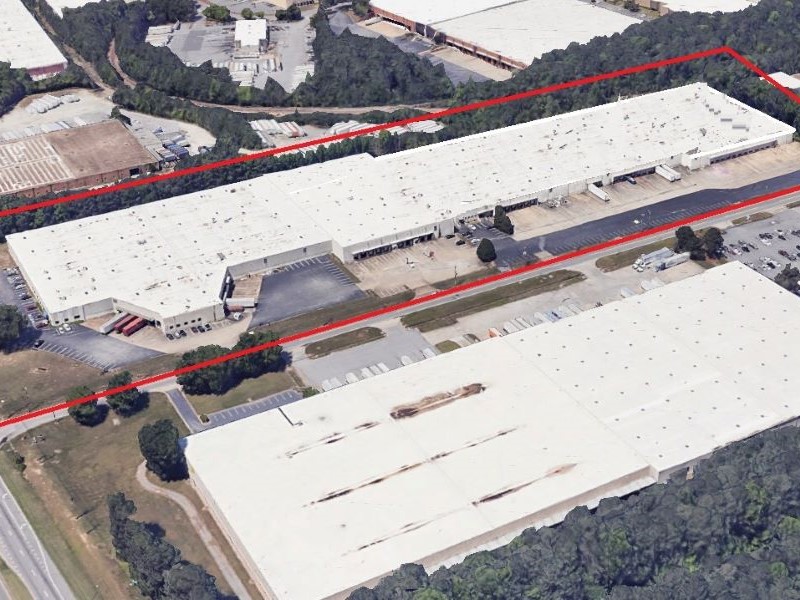
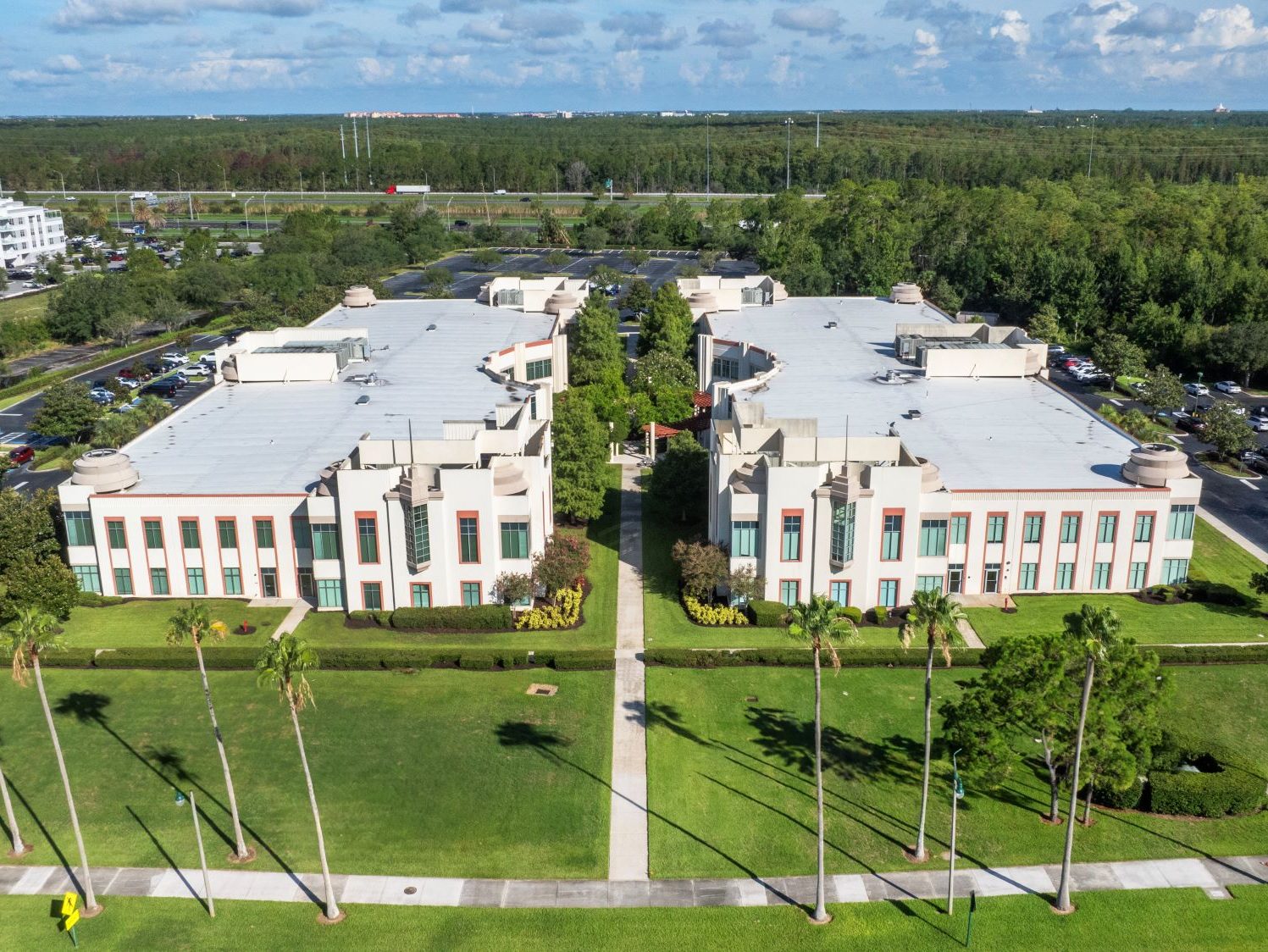

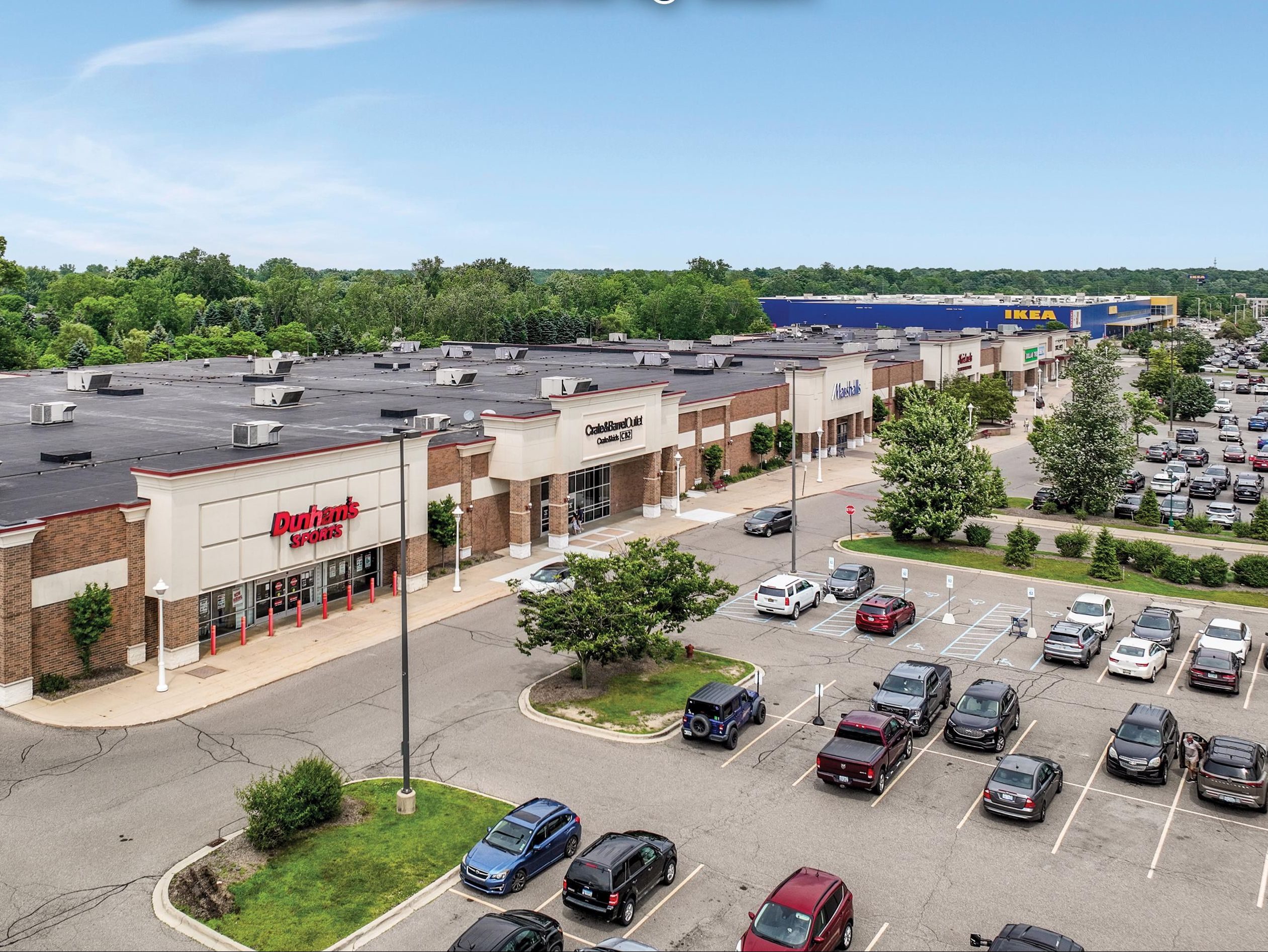
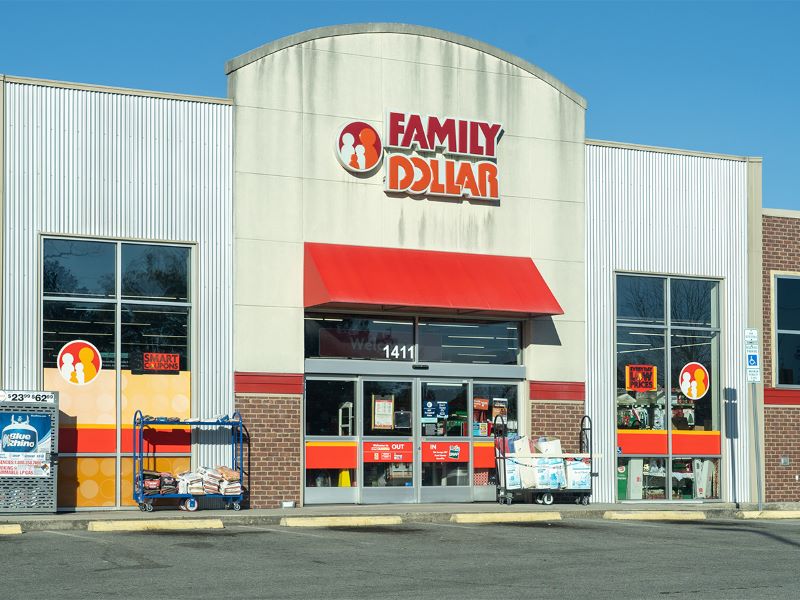
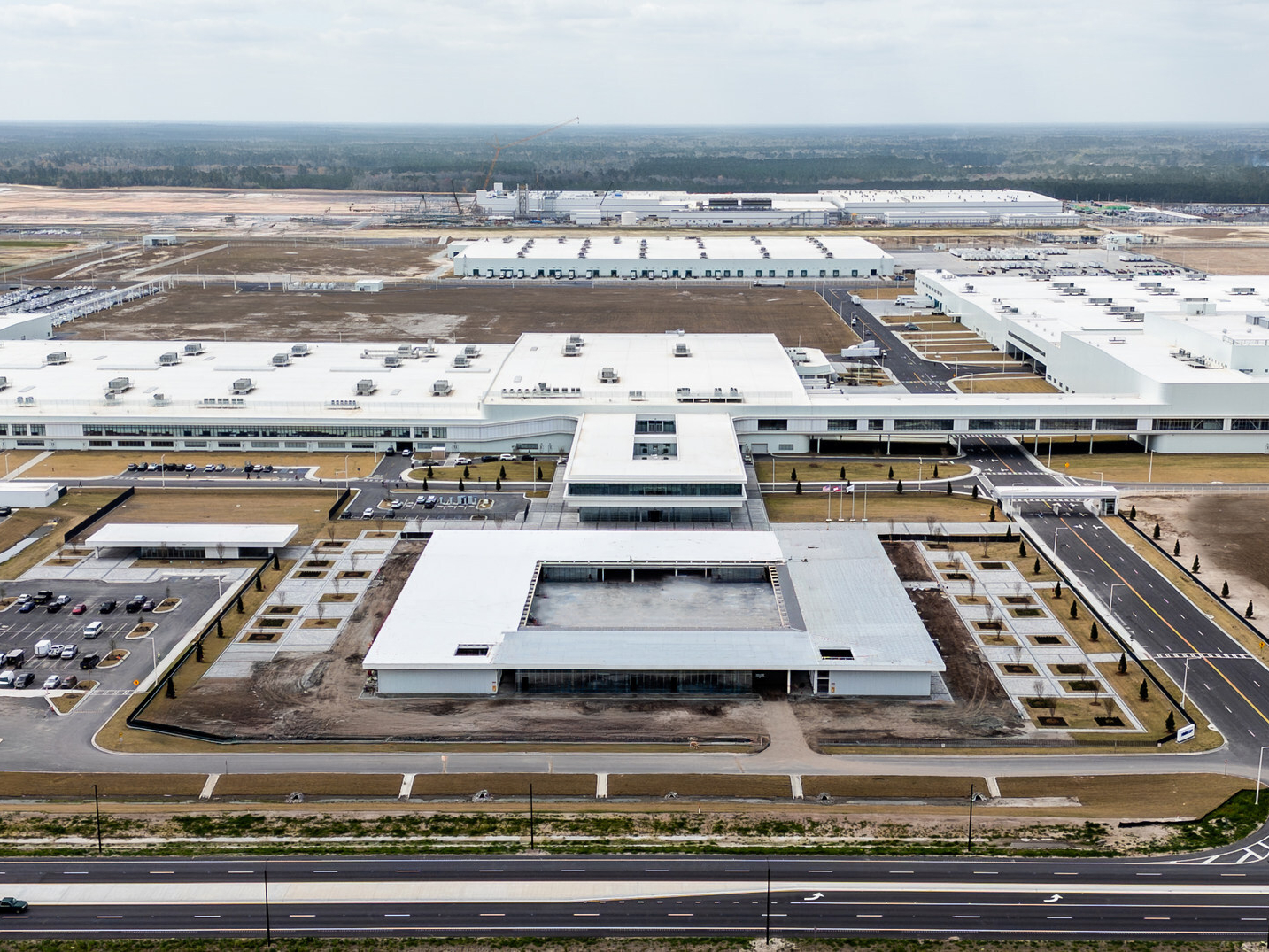
You must be logged in to post a comment.